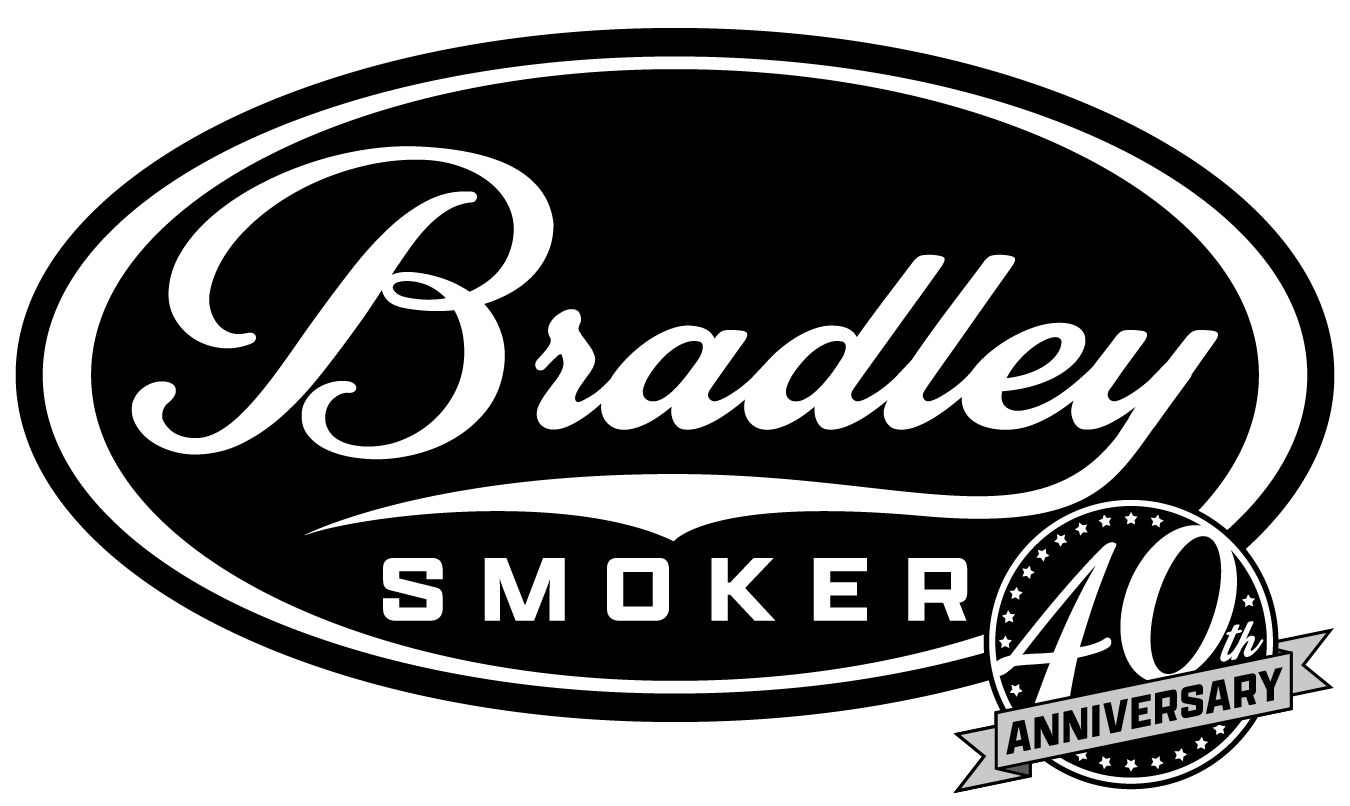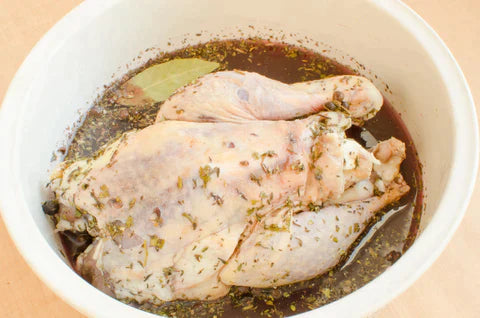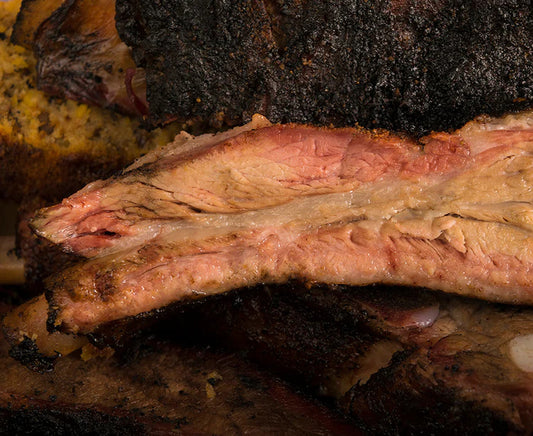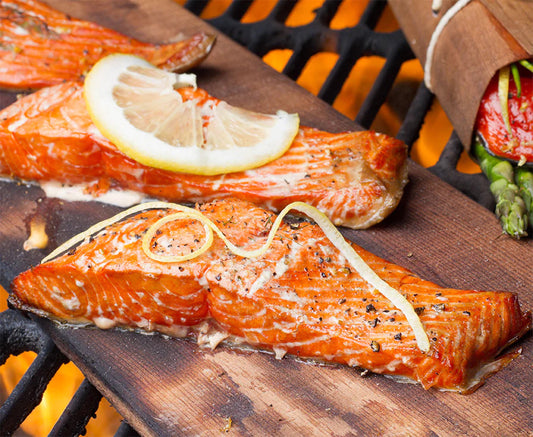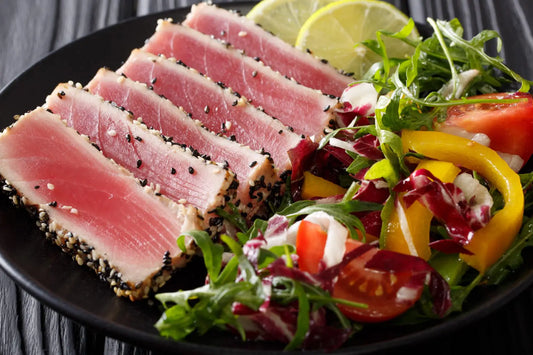Brining is one of the indispensable elements in food smoking. Even without including this process, you can still bring out the flavor of the meat like no other cooking method can using smoking wood like Bradley Bisquettes. However, through brining, you can enhance the taste even more.
Simply put, brining is a food flavoring process using brine, which is a solution with a high concentration of salt. It’s usually confused with marinating, which is another method to add to the meat’s flavor using a marinade containing oil, herbs, and spices. In addition, besides enhancing the taste, brining is more beneficial to food smoking in more ways than one.
While cooking, the meat inevitably loses moisture the longer it’s subjected to heat. However, if you add salt into it through brining, denaturation takes place. What happens during this is that the protein strands in the meat loosen, therefore trapping the moisture. This is retained as much as possible even after the smoking process, making the dish more flavorful and juicier.

Aside from that, brining also helps regulate the cooking temperature because it distributes moisture throughout the meat. If you skip on this flavoring process, it may be cooked unevenly. The high moisture content will even allow better absorption of smoke, therefore adding more flavor. With some of the major benefits of brining pointed out, it only makes sense that food smoking goes hand-in-hand with it.
However, note that not all meat necessarily needs to be brined. In fact, some shouldn’t be subjected to this process at all. This is especially the case for meat that is pre-salted or pre-seasoned. These already have enough salt in them, and brining will most likely render it inedible. This is also the case with kosher meat and flavor-enhanced meat products sold at the market.
Now that you know about the advantages of brining meat before smoking it and when you should or shouldn’t perform this process, you might be wondering how to do it. There are different ways to go about, either dry or wet brining.
Wet Brining
First is the wet brining, which is the most common way of performing this flavoring process. As the term suggests, it involves using a liquid solution with salt and soaking the meat in it for a particular period of time. We recommend a ratio of a gallon of water to 230 grams or one cup of salt. Preferably use kosher salt, as it has large flakes, sticks to the meat better, and melts quickly.
Once you’ve made the solution, you can add other seasonings if you want more flavor. For example, you can use citrus, clove, garlic paste, or even sweeteners like sugar or honey. Afterward, soak the meat in the solution for about 24 hours before putting it inside the food smoker so the moisture and flavor can permeate into it. Wet brining is best for lean meats like chicken breasts, pork loin, and fish, among many others.

Dry Brining
In contrast to submerging the meat in a solution, dry brining only requires rubbing salt and other seasonings on the surface. It locks in the moisture that is present inside while adding flavor at the same time. For every pound, we recommend applying about half or three-quarters of a teaspoon of salt. Likewise, kosher salt is also more preferable because of its large flakes and fast rate of dissolving.
Dry brining is simpler to perform and usually also consumes less time, depending on the meat. Simply sprinkle salt on the surface and rub it evenly across all parts. Leave it be for at least an hour, and you’ll notice that the salt is already dissolving and forming puddles of brine, which the meat will eventually absorb. You can then add other seasonings if you like, although this is only optional.
However, when it comes to chicken, you may have to leave the brine for longer than usual, typically around 24 hours. For turkey, it may take about 48 to 72 hours before it can fully absorb the flavoring. Although it may take longer, dry brining is still more ideal for tough meats than wet brining.
Final Thoughts
In conclusion, there’s no saying which is uniformly better since the dry and wet brining processes work differently on different meats. Dry brine draws the natural moisture, bringing out enhanced flavor and crispiness. On the other hand, wet brine provides a richer taste and a superior level of juiciness.
Check out our entire catalog of articles on brining and curing your meat here:
What’s the Difference Between Pickling, Brining, Marinating, and Curing?
Curing and Smoking Meats for Home Food Preservation
Directions On Brining And Curing Your Meat For Food Smoking
After choosing the best brining technique, depending on what type of meat you’re going to cook and your preferences, you can proceed to the smoking process. Prepare your Bradley Smoker, smoke the brined meat, and wait until it’s ready for you to enjoy. For more great ideas on how to get the most out of your Bradley Smoker, check out the awesome articles on our Bradley Smoker Food Smoking Blog for more tips & tricks.
